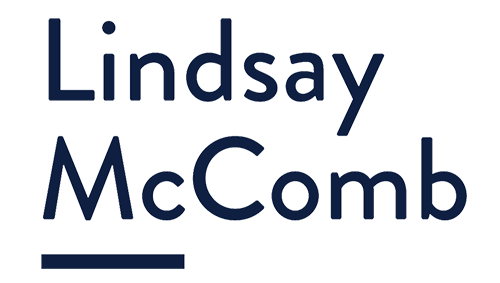Design thinking is for everyone, including nonprofits
Despite its roots in the for-profit sector, design thinking is a perfect tool for nonprofits to use to solve challenges in their organizations and communities. The need for design thinking in the nonprofit world is poised to grow as organizations start to think about how to more effectively make a difference, embracing change and innovation.
What is design thinking?
Design thinking draws upon imagination, intuition, logic and reasoning to explore and test the possibilities of what could be. It’s not so much art as it is a “way of thinking” that enables creative thought — (even and especially) in the work place.
As a framework, design thinking starts with people and the desire to create a better future, while acknowledging that it’s an ongoing process of testing and improvement. With real human needs at its core, design thinking allows organizations to design services, programs or products around the actual needs of stakeholders, or “users” by understanding their needs, wants, and limitations.
Empower everyone to be a designer
Design can improve an organization’s strategic decision-making, as well as increase the effectiveness of individual programs and services. And while not everyone can create beautiful websites or shiny products, everyone can ask questions, identify problems and create solutions.
As Tim Brown of IDEO says, “Design is everywhere, inevitably everyone is a designer.” Strong critical thinking and creative problem skills are key as workplace needs continue to evolve. By fostering the idea of everyone is a designer and that change is integral to design, nonprofits will be better positioned to keep pace with the changing nature of social impact.
Improve programming by involving stakeholders
Non-profits are used to asking community members or beneficiaries to give feedback on what they do and how well they’re doing it. But surveys and word-of-mouth aren’t always enough. Especially when critical issues could have been solved by getting feedback earlier or more often. Organizations can easily fall into the trap of routine — providing services but not truly meeting the needs of those they serve.
A design thinking approach to service not only gives stakeholders more value, but it also gives them a sense of participation. Better feedback helps organizations understand how the people they’re serving respond to everything from website sign-up forms, to client intake meetings to donor fundraising appeals. Getting the experience right can be the difference between providing services and empowering people.
Measure success with better data
Just like companies and government agencies, data holds the potential for incredible learning and knowledge for non-profits. Measuring data is a key component of design thinking, and more non-profits are seeing the value of data analysis through deep engagement with stakeholders. While most nonprofits gather metrics on how their programs and services are performing, how the data is analyzed can be improved. Better understanding the people who support and benefit from their work, means better impact. Armed with data analysis rooted in stakeholder feedback, non-profits can stay efficient and effective, even with limited resources.









